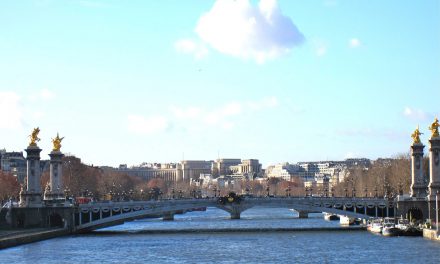By María Bello
Photos Courtesy by NOAA
Since the first explorers arrived in the new continent and found what they called «forests in the sea», where the natives dug oysters and fish began to develop multiple activities related to it. Its location along the coastal zone where occurred much later human settlement has led to an inevitable deterioration of the same, so far occurred in the last 50 years a loss of almost half of existing ones.
Which are in reality these «forests in the sea»?
Plant formations in which we find different species of mangrove, a tree with branches down and rooted in the soil.
The mangrove has the feature of being resistant to water salinity, developed in plains and coastal wetlands, lagoons and estuaries around or near the mouths of rivers. Mangroves have a fairly wide geographical distribution appearing in the coasts of many tropical and subtropical areas of the world between 25 degrees north and 25 degrees south latitude and can be found in 100 countries, although its extent is limited, since only occupy a narrow strip flood plain by the sea depending on the amplitude of the tides.
The importance of mangroves is not only economic but also biological and socio-cultural. It is notable for its high productivity and production of organic matter and biodiversity and their submerged roots provide habitat and shelter for a rich fauna of fish, mammals and invertebrates, constitute true natural nursery. Many of these species are born in nearby ecosystems such as sea grass beds or coral reefs and their larvae and juveniles develop under its roots, ensuring the sustainability of fisheries and sport fisheries.
The mangrove is home to nesting areas and provides shelter to a considerable number of species of resident and migratory birds, threatened or endangered species, protect shorelines from erosion and storm surges caused by hurricanes, trap sediment and litter from their roots and help to fill and restore land. They are important for education and scientific research are also used for passive recreation, tourism and mining as a source of wood to make charcoal, build fences and traps for fishing. Even knowing all the benefits 75% of mangroves have been destroyed and those remaining are in danger of disappearing.
El Manglar y sus ecosistemas asociados
Por María Bello
Fotos Cortesía de NOAA
Desde que los primeros exploradores arribaron al nuevo continente y se encontraron con lo que llamaron “bosques en el mar”, de donde los aborígenes extraían ostras y peces, comenzaron a desarrollarse múltiples actividades relacionadas al mismo. Su localización a lo largo de la zona costera donde se produjeron posteriormente muchos de los asentamientos humanos han provocado un inevitable deterioro de los manglares, hasta el momento habiéndose producido en los últimos 50 años una pérdida de casi la mitad de los existentes.
¿Qué son en realidad estos “bosques en el mar”?
Son formaciones vegetales en las que encontramos distintas especies de mangle, un árbol con ramas que bajan y arraigan en el suelo. El mangle tiene la característica principal de ser resistente a la salinidad del agua, desarrollándose en planicies y humedales costeros, alrededor de lagunas y esteros, o cerca de las desembocaduras de ríos. Los manglares tienen una distribución geográfica bastante amplia apareciendo en las costas de muchas zonas tropicales y subtropicales del mundo entre los 25 grados norte y 25 grados de latitud sur, pudiéndose encontrar en 100 países; aunque su extensión es limitada, ya que sólo ocupan una franja estrecha de terrenos inundables por el mar en dependencia de la amplitud de las mareas.
La importancia del manglar no sólo es económica, sino también biológica y socio-cultural. Se destaca por su alta productividad y producción de materia orgánica y biodiversidad ya que sus raíces sumergidas proveen hábitat y refugio para una rica fauna de peces, mamíferos e invertebrados constituyendo verdaderos viveros naturales.
Muchas de estas especies nacen en ecosistemas cercanos como praderas de yerbas marinas o arrecifes de corales y sus larvas y juveniles se desarrollan bajo sus raíces, asegurando la sustentabilidad de la industria pesquera y la pesca deportiva. El manglar alberga y provee áreas de nidos a un número considerable de especies de aves residentes y migratorias, vulnerables o en peligro de extinción, protege las costas contra la erosión y las marejadas ocasionadas por los huracanes, atrapan sedimento y hojarasca entre sus raíces y ayuda a rellenar y recobrar terreno.
Son importantes para la educación e investigación científica, además son usados para la recreación pasiva, actividades turísticas y como fuente de extracción de madera para fabricar carbón vegetal, construir verjas y nasas para la pesca. Aún conociendo todos sus beneficios, el 75% de los mangles han sido destruidos y los que quedan están en peligro de desaparecer.




















